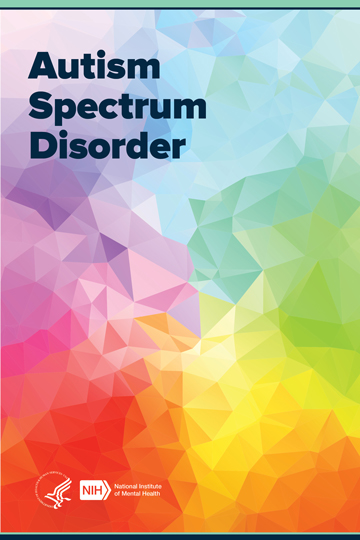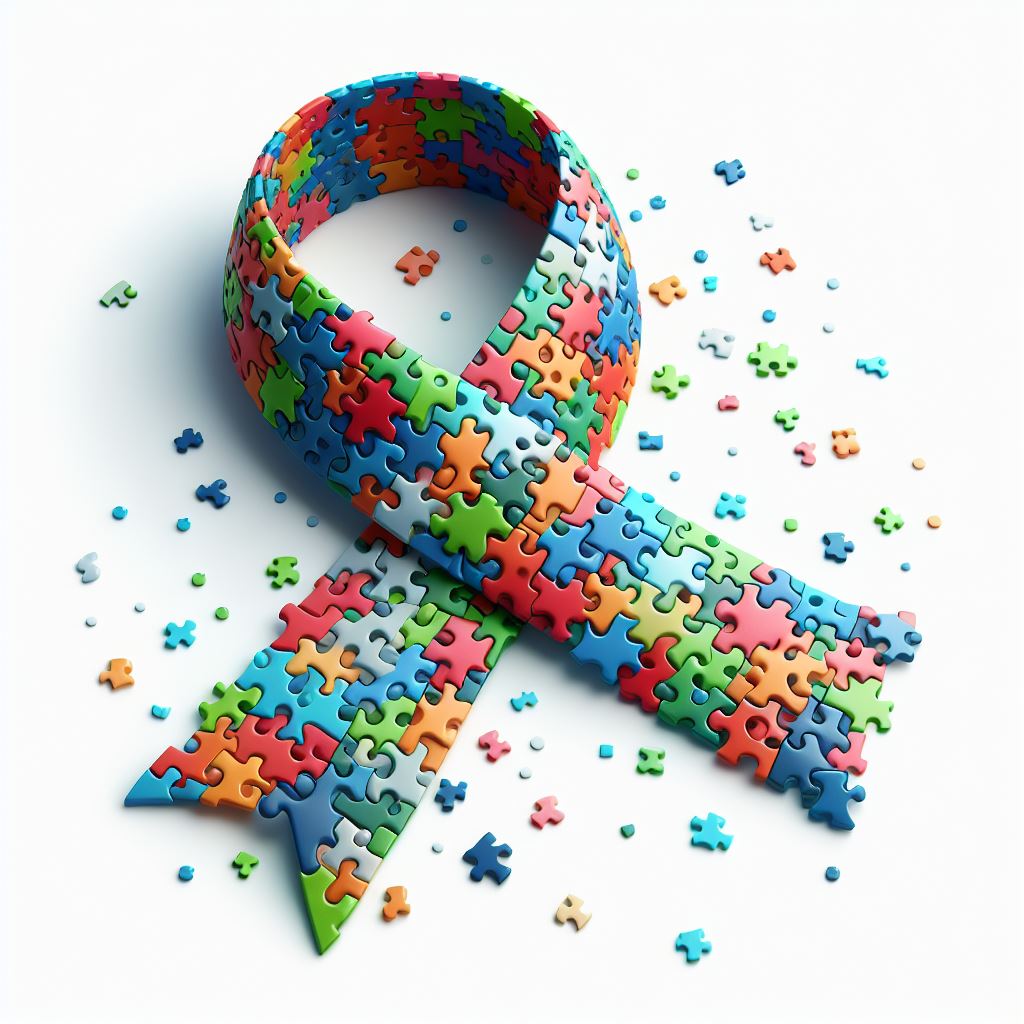The Role of Education in Supporting Students with Autism: Finest Practices
The Role of Education in Supporting Students with Autism: Finest Practices
Blog Article
Discovering Autism: Techniques for Efficient Interaction and Communication
Effective communication and interaction with people on the autism range demand a comprehensive understanding of their unique needs and preferences. Techniques such as employing clear language, utilizing visual supports, and fostering consistent regimens can significantly enhance engagement and reduce anxiousness. Recognizing the importance of non-verbal signs and shared passions leads the method for meaningful links. Nonetheless, the ins and outs of these techniques expose further factors to consider that warrant exploration, particularly in just how they can be adjusted to individual experiences and varied contexts. What might these adjustments appear like in practice?
Comprehending Autism Spectrum Condition
Autism Spectrum Problem (ASD) includes a range of neurodevelopmental problems identified by obstacles in social interaction, communication, and recurring actions. The term "range" reflects the diverse indications and varying levels of extent experienced by people with ASD. While some may exhibit substantial impairments, others may display high-functioning characteristics, enabling for greater self-reliance in life.
The onset of ASD normally occurs in early youth, with indicators typically well-known by age 2. Early signs may consist of postponed speech development, limited eye get in touch with, and troubles in understanding social hints. Although the exact etiology of ASD continues to be unclear, research study recommends a combination of ecological and genetic elements plays an important function in its advancement.
As an outcome, interventions and support customized to specific requirements are necessary for cultivating interaction and social abilities. Acknowledging the complexity of ASD is vital for advertising awareness, approval, and reliable techniques that promote purposeful interactions with people on the spectrum.

Importance of Clear Communication
Reliable interaction is essential for cultivating understanding and link, especially for people with Autism Spectrum Disorder (ASD) Clear communication not only helps with social interactions but additionally boosts the individual's ability to express their emotions, thoughts, and demands. For people with ASD, the nuances of language can typically be challenging; therefore, using distinct and uncomplicated language is crucial.
In addition, clear interaction helps in reducing aggravation and anxiety that might develop from misunderstandings. When messages are conveyed in a direct and consistent manner, people with ASD are much better furnished to translate information properly, which can dramatically boost their social interaction and involvement in different setups.
Developing routines and making use of aesthetic assistances can even more strengthen clear interaction. These strategies give individuals with foreseeable frameworks that assist comprehension and retention of details. Additionally, actively paying attention and being individual during interactions advertises a helpful setting where individuals with ASD feel valued and recognized.
Eventually, focusing on clear communication not only equips people with ASD however additionally promotes even more purposeful connections with their peers, caretakers, and the bigger community, paving the means for collaborative connections and comprehensive communications. - autism
Non-Verbal Communication Techniques
Communication prolongs beyond words, and for individuals with Autism Spectrum Disorder (ASD), non-verbal cues play a considerable duty in communications. Non-verbal interaction strategies can consist of faces, motions, body movement, and eye call, every one of which offer as vital components for conveying objectives and emotions.
Comprehending and translating these non-verbal signals can improve interactions with individuals with ASD. For example, a warm smile or open position can produce an inviting ambience, urging involvement. Using aesthetic help-- such as photo cards or symbols-- can link interaction spaces and help convey messages extra properly.
It is additionally crucial to be mindful of personal room, as people with ASD might have different comfort degrees regarding closeness. Observing their responses to physical closeness can inform proper changes.

Producing Supportive Environments
Creating an encouraging setting is vital for cultivating favorable communications and improving the health of people with Autism Spectrum Condition (ASD) Such atmospheres can dramatically lower anxiousness and develop a feeling of safety and security, permitting individuals to share themselves much more easily.
To attain this, it is vital to think about sensory sensitivities that people with ASD may experience. Customizing the physical space to consist of soft lighting, marginal background sound, and comfortable seats can create a soothing atmosphere. In addition, using regular routines and clear aesthetic schedules can aid individuals anticipate changes and decrease unpredictability, further advertising convenience.
Social spaces must be structured to minimize frustrating stimulations while offering possibilities for engagement in recommended activities. Facilitating areas designated for peaceful time can additionally work as a haven during minutes of tension. Notably, including elements of selection equips people, allowing them to work out agency in their setting.

Motivating Social Interactions
Fostering social communications amongst individuals with Autism Range Problem (ASD) calls for deliberate techniques that focus on comfort and engagement. Developing predictable regimens can assist reduce anxiousness, making social settings extra friendly. Creating organized settings with defined duties and functions allows people to engage without the frustrating pressure of unstructured social characteristics.
Incorporating rate of interests and toughness into social tasks can function as a catalyst for interaction. Arranging team activities around shared pastimes or subjects of attraction can facilitate natural discussions and links. Furthermore, making use of aesthetic supports, such as social manuscripts or photographic schedules, can assist in comprehending social cues and expectations.
Designing appropriate social habits is crucial - autism. Peers and adults must show effective communication techniques, including active listening and turn-taking. Role-playing circumstances can additionally give a risk-free area for individuals to practice these skills
Finally, promoting peer partnerships with comprehensive practices is vital. Encouraging comprehensive playdates or group trips can create chances for socialization in a comfortable setting. By applying these caretakers, teachers and methods can considerably enhance social communications for people with ASD, promoting their overall social growth and wellness.
Verdict
Finally, efficient communication and communication techniques are important for supporting people with Autism Spectrum Problem. Highlighting clear language, incorporating non-verbal signs, wikipedia reference and developing foreseeable regimens significantly boost interaction and reduce anxiousness. Producing encouraging settings fosters secure social interactions, while motivating shared interests promotes significant connections. Eventually, these methods empower people with autism to navigate social landscapes, advertising visit site their overall health and allowing the growth of enduring partnerships.
Effective interaction and communication with individuals on the autism range demand an extensive understanding of their one-of-a-kind requirements and choices. Clear communication not just facilitates social interactions however also boosts the individual's capability to share their feelings, requirements, and ideas.Fostering social interactions amongst people with Autism Spectrum Condition (ASD) needs intentional techniques that prioritize comfort and involvement. By implementing these strategies, caretakers and instructors can substantially improve social interactions for people with ASD, advertising their visit the website general social development and well-being.
In verdict, reliable communication and interaction approaches are necessary for supporting individuals with Autism Range Condition.
Report this page